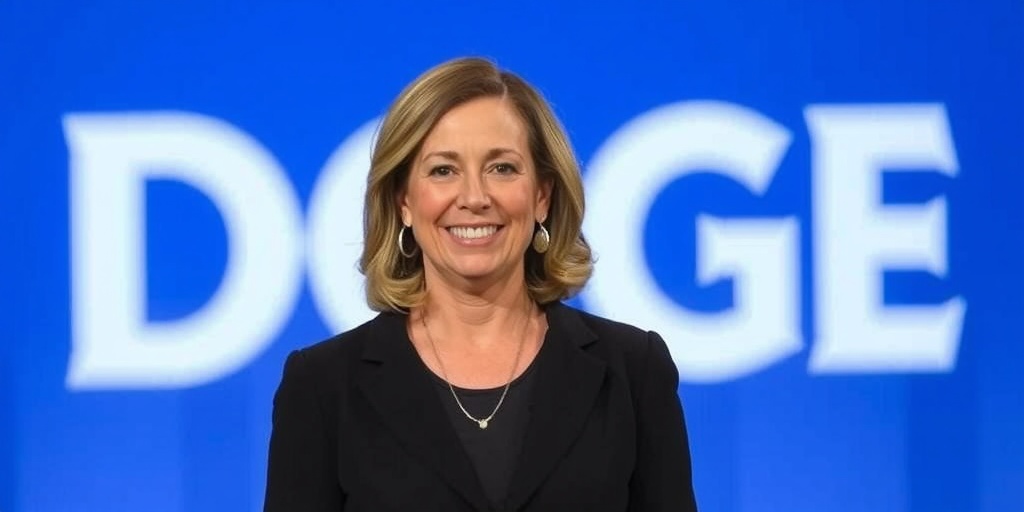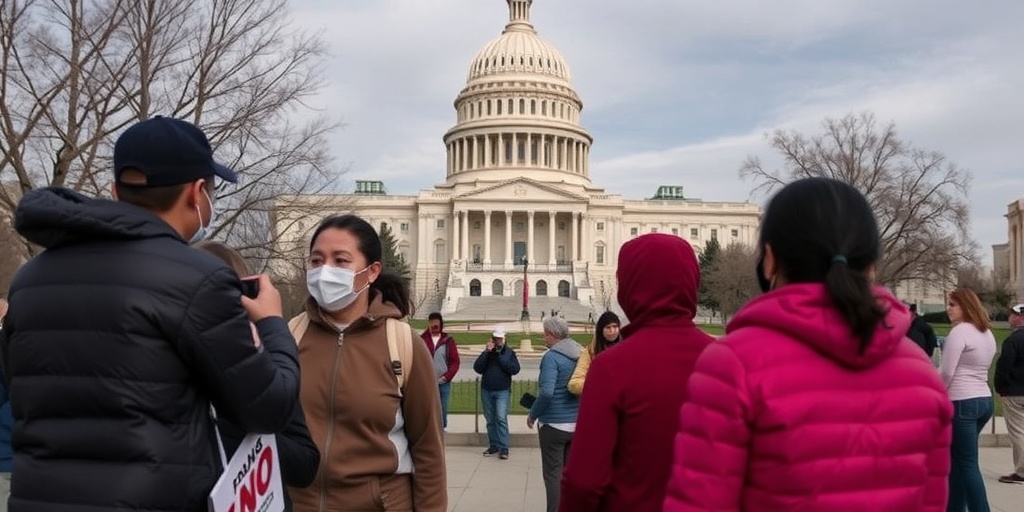Now Reading: Trump Administration Challenges Remote Work for Civil Servants
-
01
Trump Administration Challenges Remote Work for Civil Servants
Trump Administration Challenges Remote Work for Civil Servants

Potential Changes in Federal Work-from-Home Policies as Trump Administration Approaches
In early December, a wave of relief washed over many employees at the Social Security Administration (SSA) when the Biden administration announced a five-year extension of work-from-home arrangements. However, this respite may prove fleeting. Just weeks later, President-elect Donald J. Trump publicly criticized the deal, vowing to dismantle it through legal action. “If people don’t come back to work, come back into the office,” he asserted, “they’re going to be dismissed.”
The back-and-forth surrounding remote work policies signifies a probable early flashpoint for Trump’s upcoming administration. Over recent years, numerous federal workers have adjusted their lives around hybrid work models that provide essential balance between professional obligations and personal responsibilities. Many have even taken steps to join the ranks of unionized federal workers—estimated to be between one-quarter to one-third—aiming to ensure that telework policies remain negotiable.
For Trump and his supporters, the recent changes to work-from-home arrangements symbolize not only excessive leniency but also present an opportunity to purge the federal workforce of what they term “obstructionist workers.” Trump has characterized the agreement as “a gift to a union,” critiquing it as a broader representation of liberal permissiveness. This sentiment may be indicative of a forthcoming confrontation that could reshape federal workforce dynamics significantly.
The issue is poised to escalate, especially given comments from Trump’s advisors. Businessmen Elon Musk and Vivek Ramaswamy, who are slated to lead Trump’s government efficiency commission, expressed an enthusiastic endorsement for incentivizing a “wave of voluntary terminations” by mandating in-office work on a full-time basis. This aligns with a trend seen across the private sector, where numerous companies have begun to implement strict return-to-office policies, arguing that in-person engagement fosters better communication, mentorship, and collaboration.
Tension has palpably risen in Washington, marked by fear among union advocates that media attention on efforts to maintain remote work policies may incite retaliatory measures from the incoming Trump administration. “We are not ready to discuss all of this publicly just yet,” a representative from the National Treasury Employees Union remarked, highlighting the guarded approach being taken by those championing work-from-home arrangements.
Historically, the issue of remote work has elicited varied responses from presidential administrations. The Obama administration actively promoted flexible work arrangements, but the scale of remote work burgeoned during the pandemic, exceeding any previous expectations. By 2022, President Biden was already contemplating a pivot away from these policies.
In a notable address that year, Biden proclaimed that “the vast majority of federal workers will once again work in person,” paralleling significant political pressure from Republicans who had begun criticizing government employees as “bubble bath bureaucrats” profiting from taxpayer dollars while working from home. Data from federal buildings indicated insufficient occupancy rates—often below one-third of pre-pandemic levels—prompting the White House to adopt strategies to boost return-to-office rates.
Washington’s political environment notably skews liberal, with the local electorate demonstrating overwhelming support for Biden in comparison to Trump. This political landscape is compounded by a demographic tilt toward younger workers, many of whom favor hybrid work models due to the flexibility they provide.
As government agencies prepare for a potential overhaul following Trump’s inauguration, reactions have varied widely. The Brookings Institution, for example, announced a requirement for most employees to return to the office three days a week, igniting discontent particularly among younger staff members whose financial situations may make commuting and childcare burdens disproportionately heavy.
The ramifications of these shifts are expected to resonate differently across employee demographics. At the Justice Department, a significant collective effort by attorneys to safeguard their telework arrangements resulted in a push for unionization amid concerns over potential policy reversals under Trump. They voiced strong opinions about the productivity gains achieved through flexible work arrangements, attesting to their experiences of success while working from home.
With a visible push from employees for union representation—seen as a protective measure against future policy changes—there is still a lack of clarity surrounding the extent to which these efforts will yield results in the face of a newly installed administration. Experts note that while the labor push is substantial, it may not sway Trump’s administration, which has indicated intentions to challenge existing civil service protections.
As Trump’s presidency approaches, ongoing debates around work-from-home policies in federal agencies stand to fundamentally redefine the fabric of the federal workforce, shaping both employee engagement and organizational expectations in the years to come. The resolution of these tensions will likely play a crucial role in determining how federal employees navigate the impending changes in administrative direction and workplace culture.
Stay Informed With the Latest & Most Important News
Previous Post
Next Post
-
 01New technology breakthrough has everyone talking right now
01New technology breakthrough has everyone talking right now -
 02Unbelievable life hack everyone needs to try today
02Unbelievable life hack everyone needs to try today -
 03Fascinating discovery found buried deep beneath the ocean
03Fascinating discovery found buried deep beneath the ocean -
 04Man invents genius device that solves everyday problems
04Man invents genius device that solves everyday problems -
 05Shocking discovery that changes what we know forever
05Shocking discovery that changes what we know forever -
 06Internet goes wild over celebrity’s unexpected fashion choice
06Internet goes wild over celebrity’s unexpected fashion choice -
 07Rare animal sighting stuns scientists and wildlife lovers
07Rare animal sighting stuns scientists and wildlife lovers





















